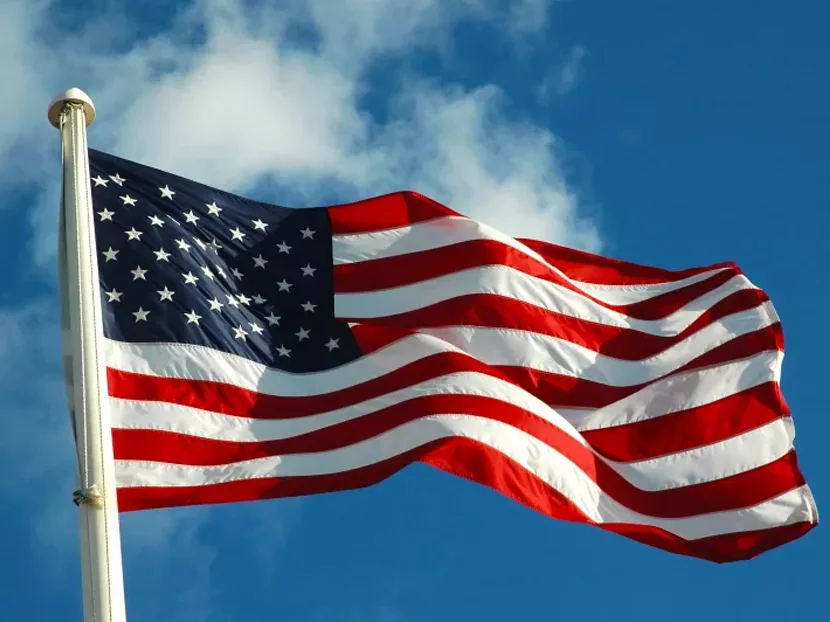While both political parties have called for more goods to be “made in America,” it has been a weak request. With no real punch to this demand, the result is indifference to a critical factor in this country’s future health.
There has been little deficit for companies in all economic sectors that allow almost all their products to be made in Southeast Asia and marketed in the United States.
President Donald Trump has pressured these companies to manufacture more of their goods in the United States, especially on the many products that were American-made previously. However, only one manufacturer was courageous enough to go to court against a Spanish company. The latter not only evaded income payments but claimed to meet all U.S. industry standards.
It took a court trial called for by Weldbend to confront the diversion from the law, which that courageous PVF manufacturer did in a direct court confrontation.
Although members of both political parties claimed to take action, none have. The Obama administration sent billions of dollars to Iran, which had been held back by the United States in a disputed confrontation years before. It was sent by an official U.S. aircraft to America’s declared enemy, without any pressure by Iranians.
President Trump laid the groundwork for further action to quell the movement that has caused the closing of thousands of factories and snuffed out millions of American jobs to “give retail buying” the advantage, as former President Barack Obama so cleverly put it.
How the next administration handles this matter will go a long way as to whether America’s advantage will be returned.
Will Future U.S. Growth Stay Economically Based?
The strength of the United States as the dominant world power has never been more prominent than now.
Although China has made incredible strides in the past few decades, its increasingly Communist leadership is still directing what that nation’s leadership demands. The difference between the world’s two economic giants is based on what its economies indicate.
While China’s overlord Xi Jinping has overridden his Communist predecessor’s economic ignorance, his primary goals are still those that were practiced in the Soviet Union and other nations that have dabbled with the Communist approach.
Although the American presidency sometimes, in the past, leaned in the direction of dominant White House power, it never shifted away from the wall of America’s voting majority. This will almost assuredly represent the ultimate winner of the 2020 presidential election. (As of this writing, the election has not occurred.)
Therefore, a sharp analysis of what either candidate represents is in order at this time. President Donald Trump’s approach has been firmly projected during his first term. Until the coronavirus disaster hit hard at the end of February, no one could argue against the successful impact that Trump’s approach represented.
The validity of Trump’s leadership showed up primarily in the manufacturing sector’s unmitigated strength, which was on a comeback not seen since the 1980s. It fell flat during the two terms of President Barrack Obama.
In projecting past successes and failures into the current showdown between Trump and former Vice President Joe Biden, their respective platforms indicate what to expect when either Democrats or Republicans bring home the winning cup in November.
Biden made it strongly clear what he stands for:
An expenditure of $2 trillion to “clean the air” for successful climate change.
Eliminate all carbon and carbon-generated energy products, such as oil and coal.
Maintain a nondiscriminatory foreign policy.
It’s a matter of assurance that whoever won in November will do precisely what he warned the voters he would do. The election outcome will determine the will of American voters, who will have made the final decision.





